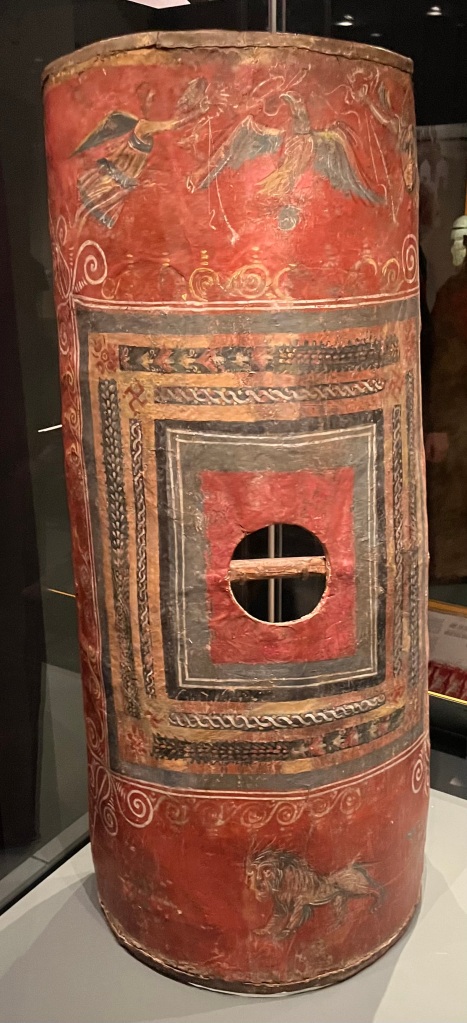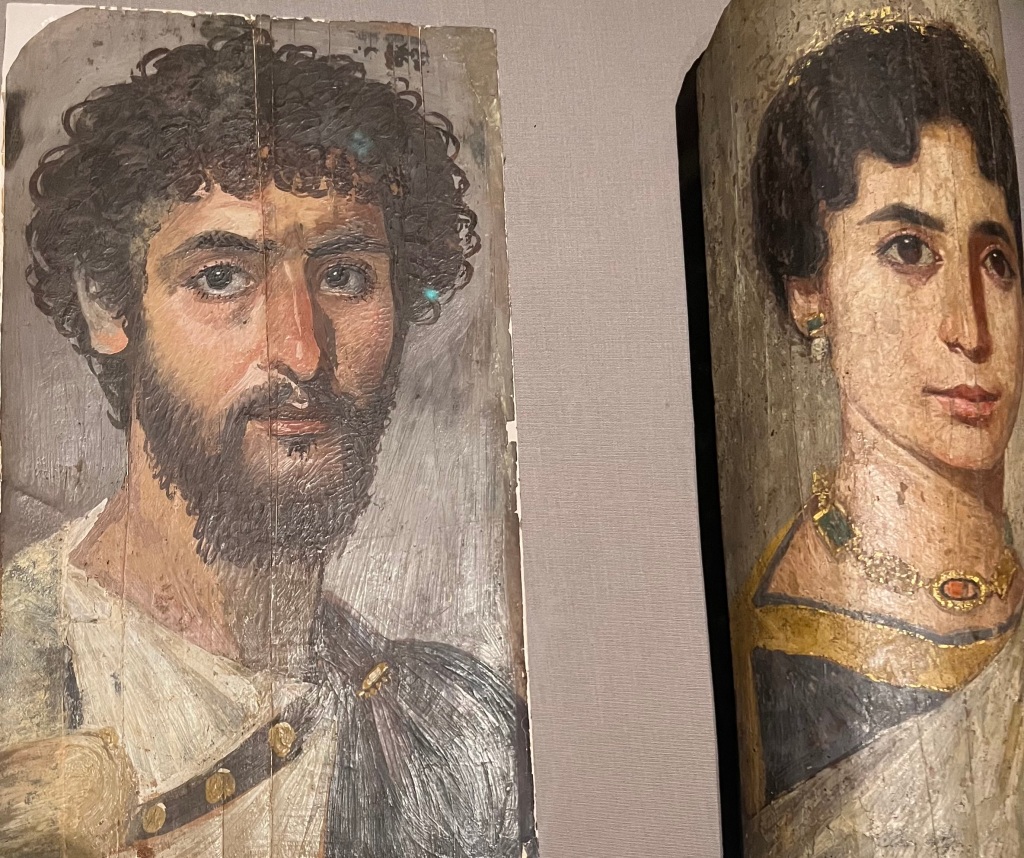The Labour Party Bazaar 1926
Looking through my late mother’s papers I found a souvenir of the Peterborough Labour Party’s Bazaar of 1926: a reminder that my grandparents were keen supporters in the early days. I should hate to introduce any politics here, but it is an interesting document.
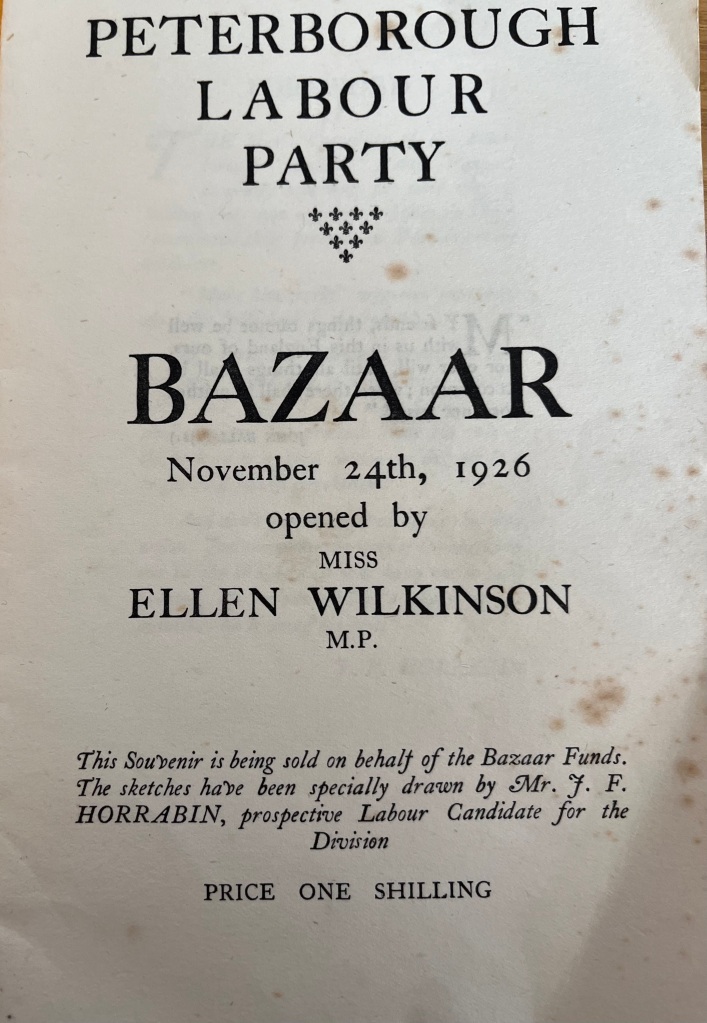
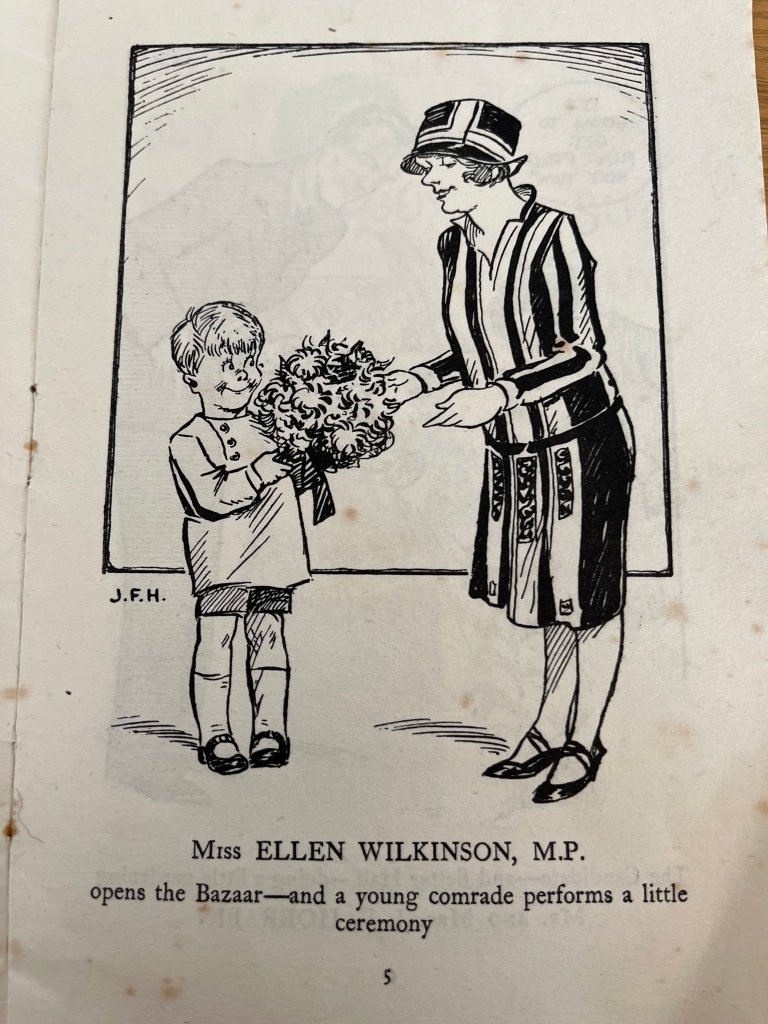
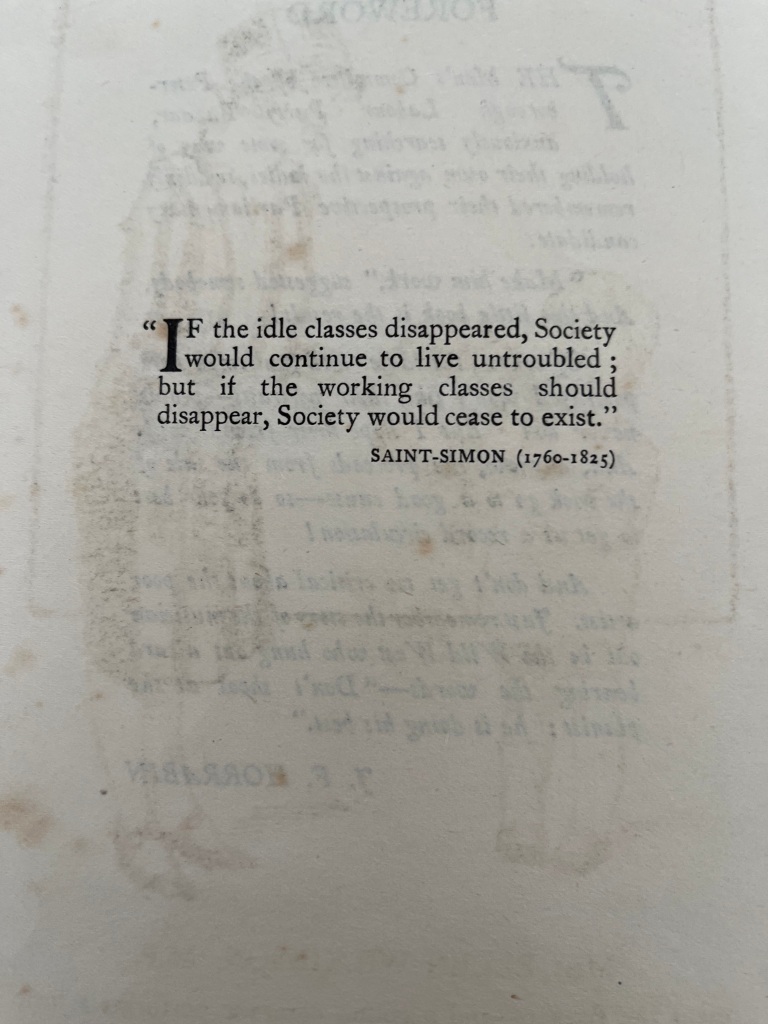
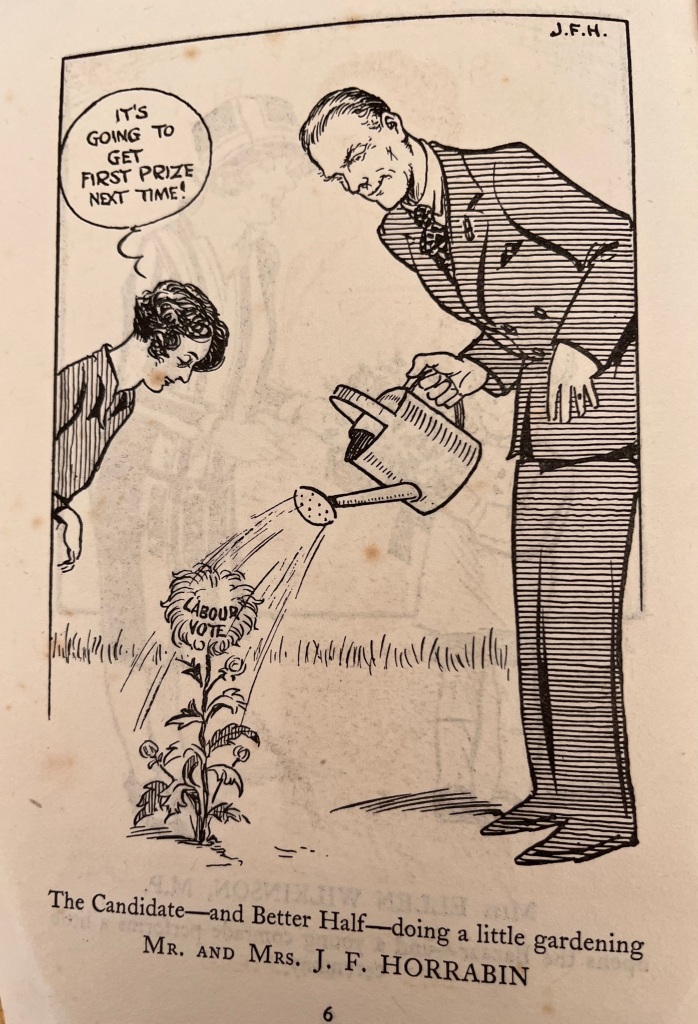
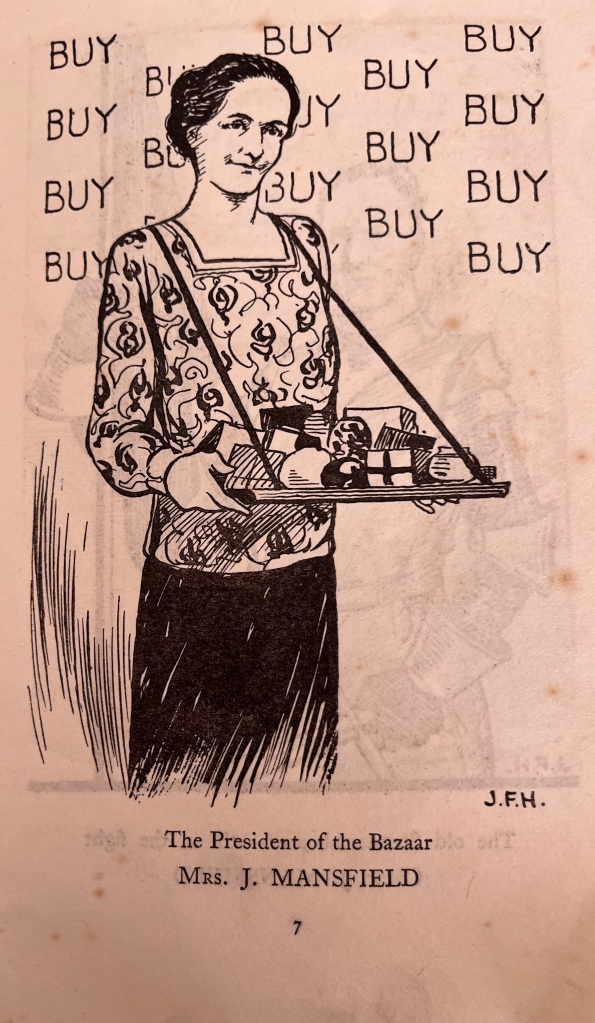

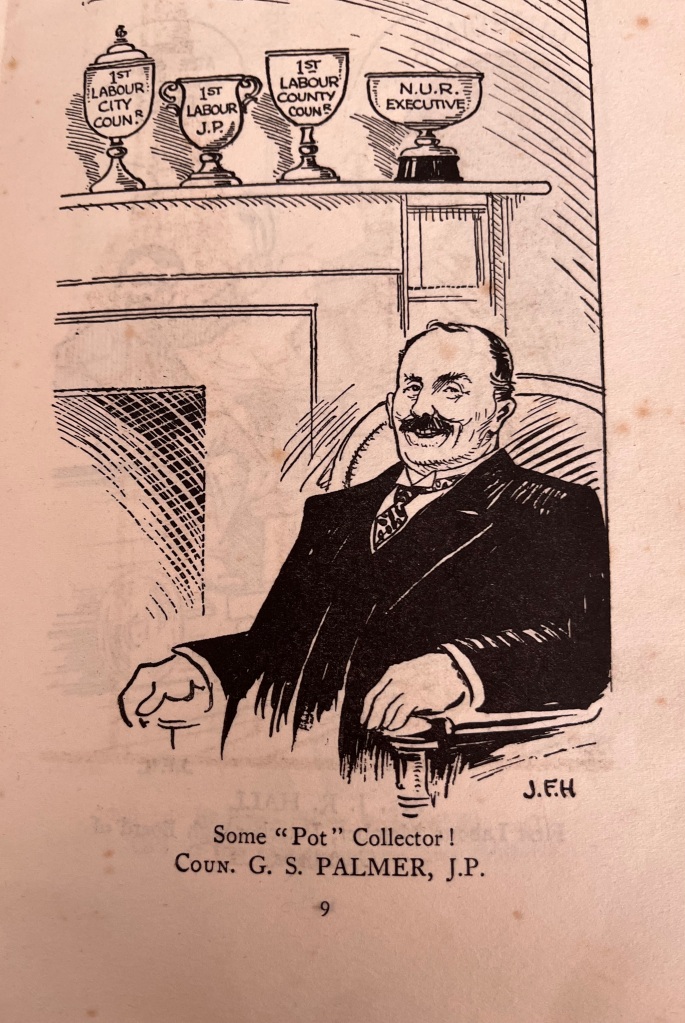
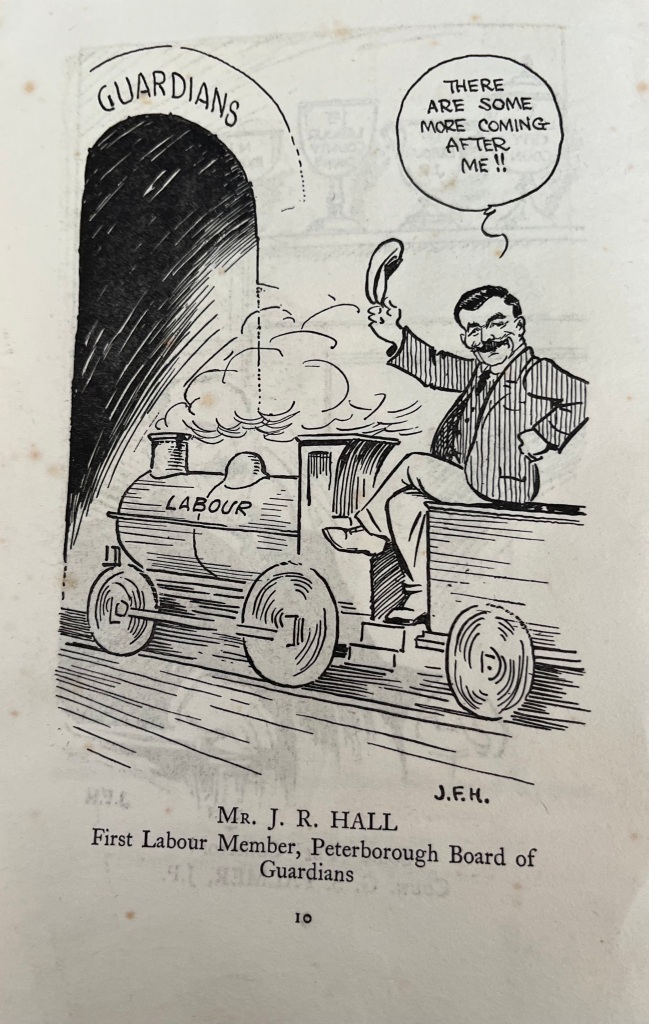
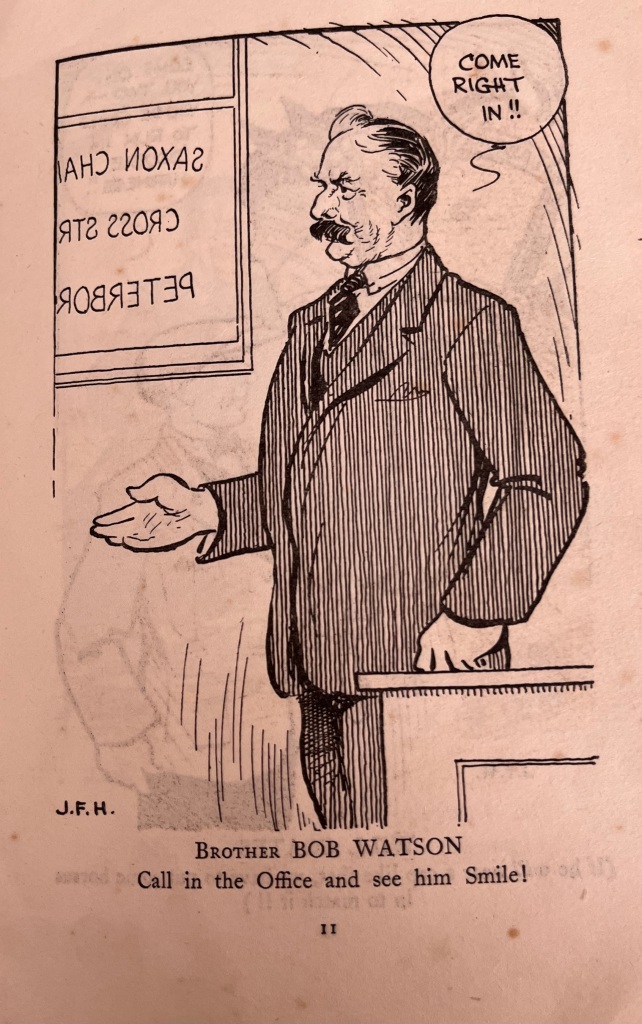
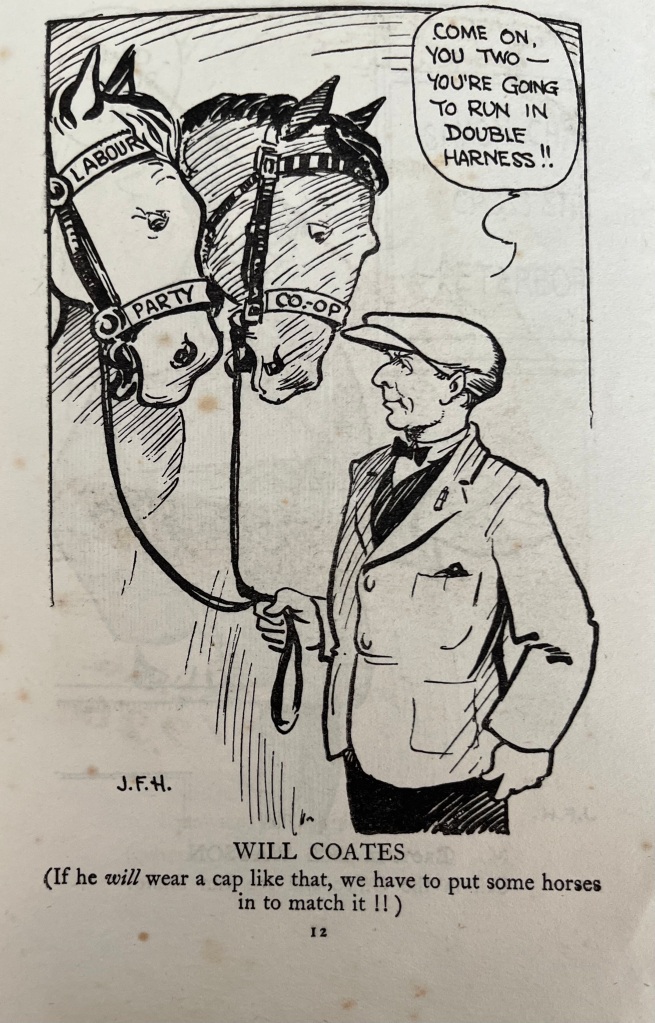
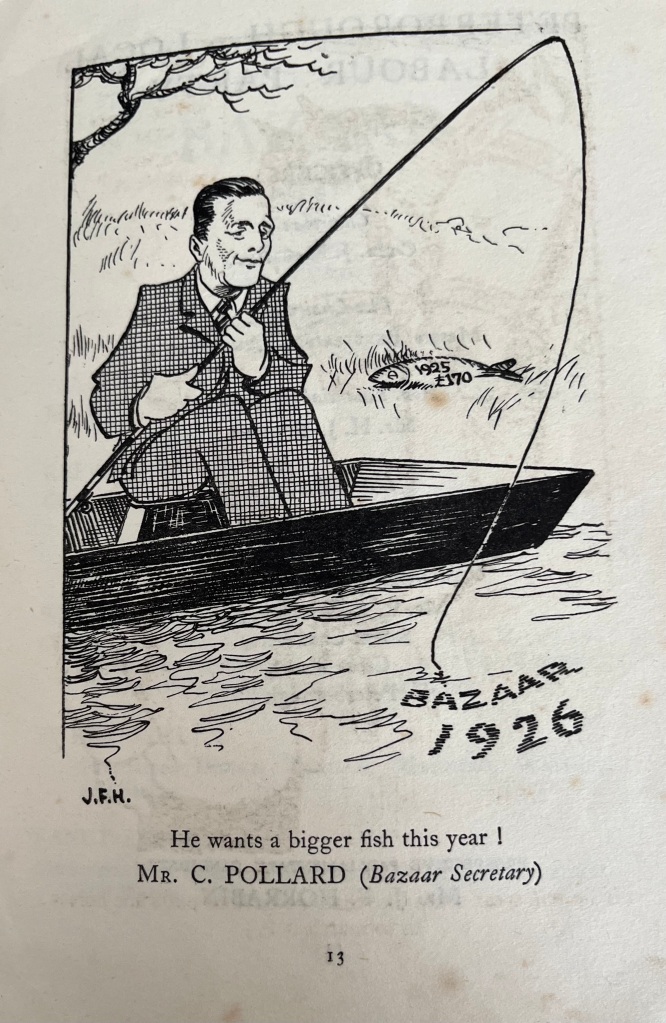
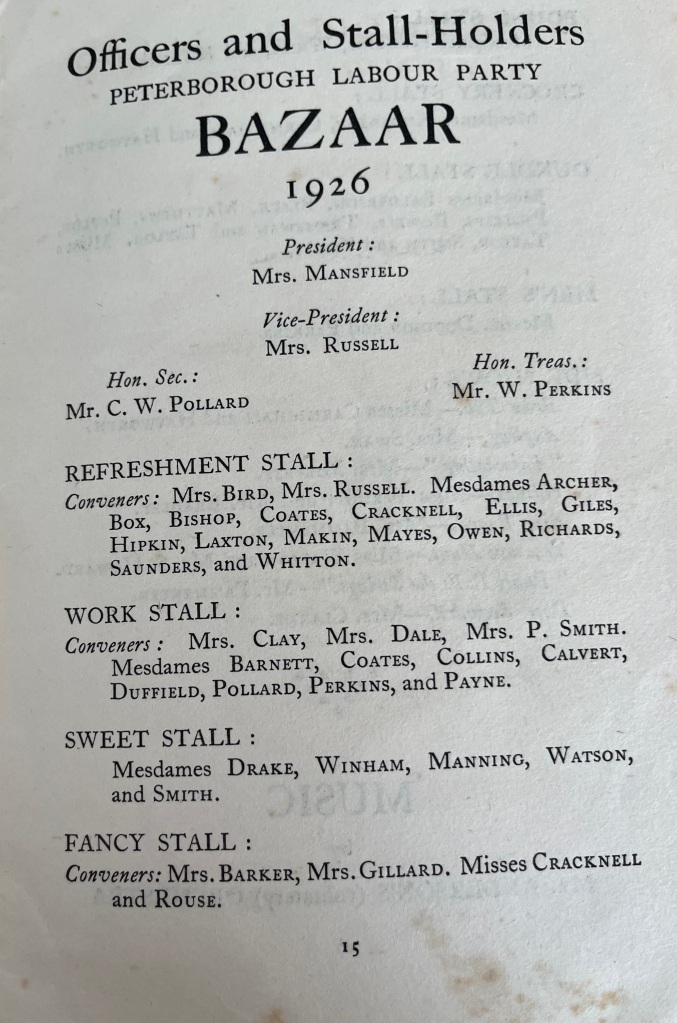
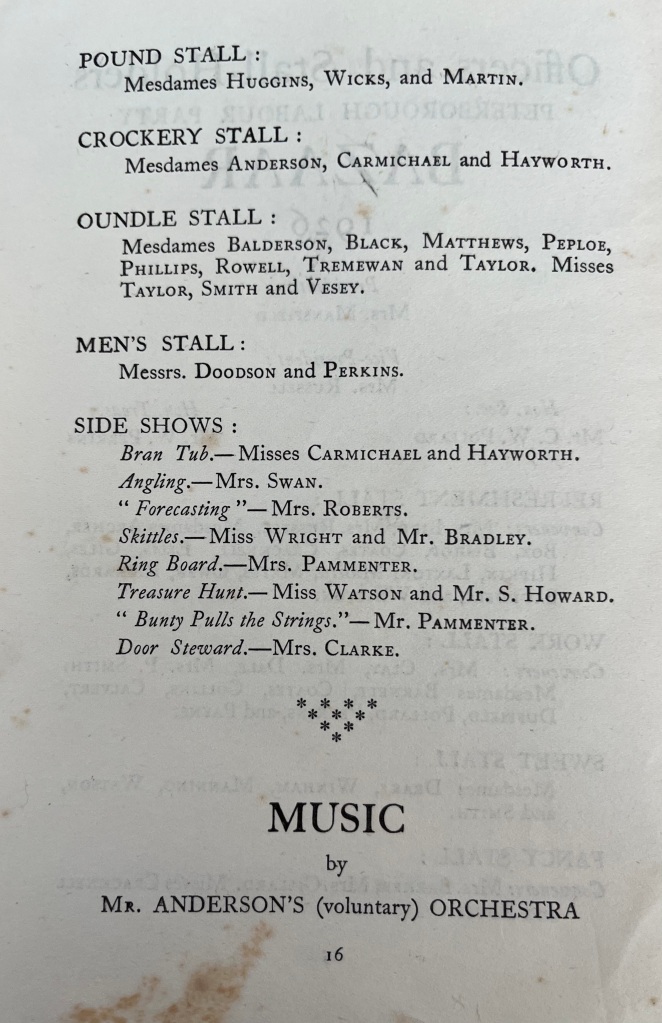
It consists of a series of rather flattering cartoons of prominent local party members, drawn by the prospective parliamentary candidate J.F.Horrabin. It is no surprise that they are rather good, because Horrabin was a professional newspaper cartoonist, responsible for the largely forgotten strips ‘Adventures of the Noah Family’ (later known as ‘Japhet and Happy’) and ‘Dot and Carrie’, a cartoon about two secretaries. He went on to win the next election and was MP for Peterborough for two years under the leadership of Ramsay MacDonald.
In 1926 the Peterborough party was only eight years old. Labour had overtaken the Liberals and was slowly growing into its future role as one of the two main parties. The Bazaar looks very respectable, which may reflect the party’s nervousness about seeming Communist or revolutionary. The General Strike had happened only months before, but without Labour’s official support, and there are no echoes of it here. (Interestingly, Ellen Wilkinson, who opened the Bazaar, had worked tirelessly in support of the strike.)
One little detail that slightly puzzles me is that in the list of stall-holders and helpers, a distinction is drawn, not just between Miss and Mrs, but also the ‘Mesdames’. I conjecture that ‘Madam’ meant you were a widow?
I must say I also wonder what Messrs Doodson and Perkins had on the ‘Men’s Stall’.

